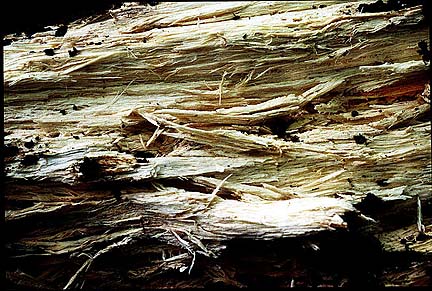RHensley
Pilgrim
- Joined
- Jan 22, 2018
- Messages
- 189
- Reaction score
- 75
I've learned a very valuable lesson when choosing the right punk to char. The more decade the wood is the better you are. I made some char punk out of some wood from an old oak tree that blew down. I must have gotten lucky the first time around because after it was made it would catch the tinniest spark and worked great. Well after this was gone (because I do like to play with fire) I made more. This did not work as well . I took all I could do to get an ember going. I think I wore a indention in my steel beating it with the flints until I made sand out of the flint. I finely realized that something was wrong so I went back to the tree and found some punk that was almost gone. Actually fell apart in my hands. So I took this back to the house and filled several Altoids cans with it and put them in the fire. Now I'm back to the tinniest spark works great. Just something to think about If you're having trouble with the tender. This actually works as good as char cloth.










